Spondylosis in dogs is a degenerative condition that affects the spine. It’s produces small pointed bony growths, called osteophytes, that develop along the edges of a dog’s vertebrae. These bony spurs can cause mobility problems.
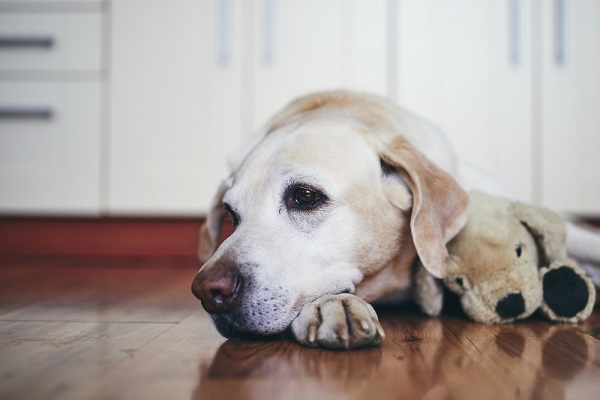
The first warning signs of the disorder are often noticed by your vet during a routine exam. That’s because, the majority of dogs with spondylosis deformans, as its officially called, don’t have any outward symptoms.
Many veterinarians think spondylosis is part of a dog’s natural aging process. Others believe there are hereditary factors and medical conditions that make some canines more vulnerable.
We’ll discuss these theories and risk factors later in the article, but first let me explain the basics about spondylosis; how it’s diagnosed and treated.

Ask & Discover
Get personalized content recommendations and answers drawn from our website. Simply type your question or topic of interest, and our AI assistant will help you find relevant articles, tips, and insights. You can also have a natural conversation to explore topics in more depth.
Facts about spondylosis in dogs
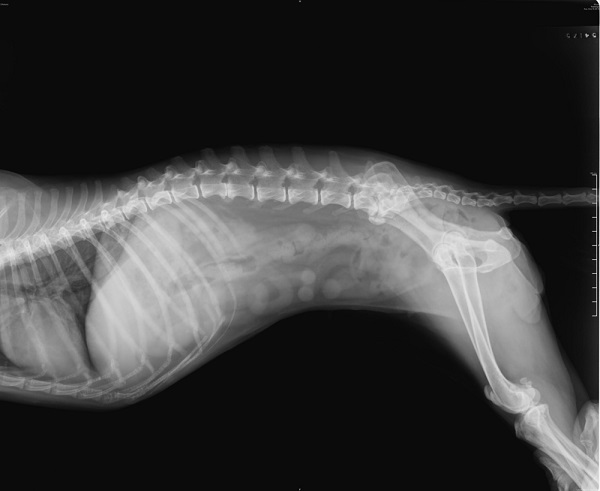
Spondylosis is a common disorder of the spine in older dogs. It’s estimated that as many as 70% of dogs over the age of 9 have at least one bony spur.
Veterinary researchers believe the bridges develop as nature’s way to stabilize to a weakened portion of a dog’s spine.
Spondylosis is found in every breed, but it’s seen most often in large dogs. Boxers are the number one canine affected.
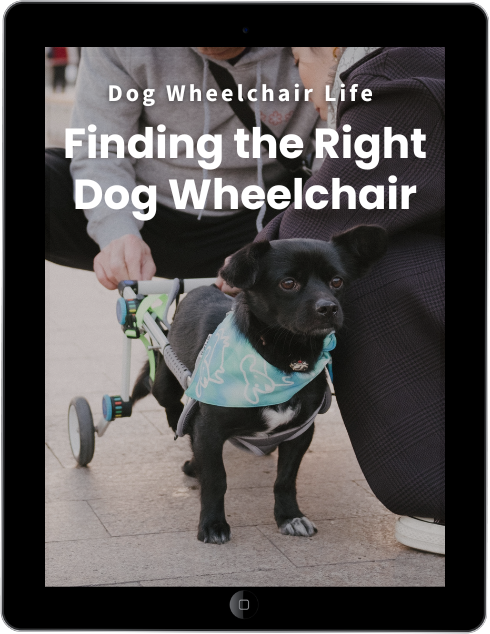
eBook
Find The Right Dog Wheelchair For Your Pet
Your dog has a mobility problem, and you want to buy a wheelchair. But do you know what kind of cart will work best for your dog’s individual needs? After a decade of teaching pet owners how to make the right choice, I put the information into an eBook!
Risk factors for developing spondylosis
The exact risk factors of spondylosis aren’t known, but there are several conditions that put a dog at greater risk for developing the disorder:
Increased risk for dogs with Type II Intervertebral Disc Disease

IVDD is a common condition in dogs that occurs when the jelly-like disc material between the vertebrae of the spine ages prematurely. It causes the discs to degenerate and rupture. The disease leaves dogs with mobility problems and paralysis.
There are two types of IVDD: Hansen Type I and Hansen Type II.
A study that was done in 2000 examined the records of 172 dogs who were diagnosed with Type I and Type II IVDD.
The results showed that dogs with Type I disease didn’t have a significant number of cases of spondylosis vs. the general population of canines.
However, researchers found that dogs with Type II IVDD had a high rate of spondylosis. The group had a larger number of areas on their spine with bony spurs and more severe changes than dogs with Type I disease.
“Dogs with IVDD had significantly fewer sites of involvement and lower grades of spondylosis deformans, compared with those in the non-IVDD group. When groups were adjusted for age and weight via multivariate linear regression, there were no differences in severity of osteophytosis or number of affected sites. Dogs with type II IVDD disk disease had higher numbers of affected sites and more severe changes, compared with dogs with type I disk herniation.”
PubMed (nih.gov)
Symptoms of spondylosis in dogs
As I mentioned earlier, spondylosis doesn’t typically cause any pain. On occasion the bony spurs impinge on the spinal cord or nerves and dogs can show a variety of symptoms.
These include:
How spondylosis is diagnosed and treated

Spondylosis is usually diagnosed with an x-ray of the spine. Sometimes it’s discovered when a dog is being examined for another condition.
The next step is to rule out other health problems with blood work and a urinalysis. Your vet might also order a CT scan or MRI, if it looks like the spurs are pushing on the spinal cord.
Treatment depends on the severity of the condition and how your dog is feeling. In mild cases, your dog’s care may involve weight loss, exercise, and pain management. Non-steroid anti-inflammatory drugs (NSAIDs) are used most often. In severe cases, surgery may be necessary to remove a bony growth.

Get the Essential Guide
The Essential Guide of Products for Handicapped Dogs e-book is a labor of love for me. I wrote it to answer your most pressing questions about where to find the best products for your wheelchair dog. You’ll find products you didn’t know existed and each will improve your dog’s quality of life. Print a copy and keep it by your side.
The takeaway
In conclusion, dogs with IVDD may be at increased risk for developing spondylosis due to the mechanical changes that happen in the spine as a result of their disc disease. Prevention and management should be implemented to minimize stress to the spine.



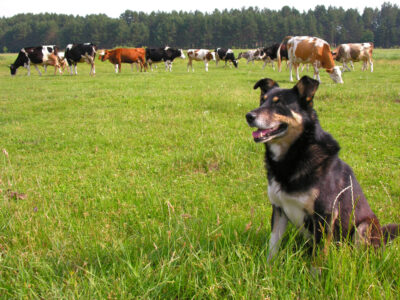






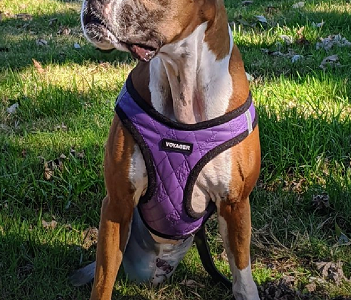

Leave a Reply